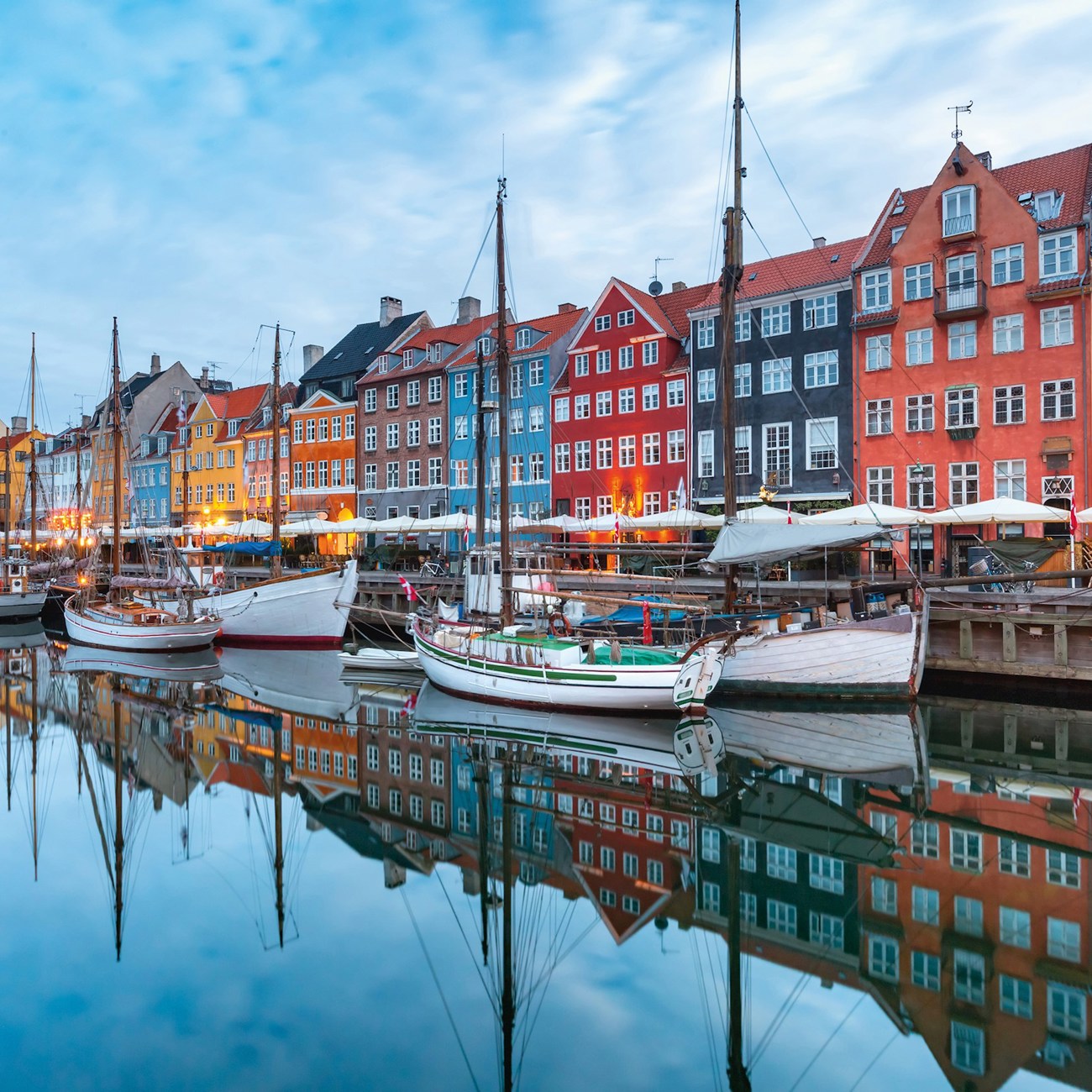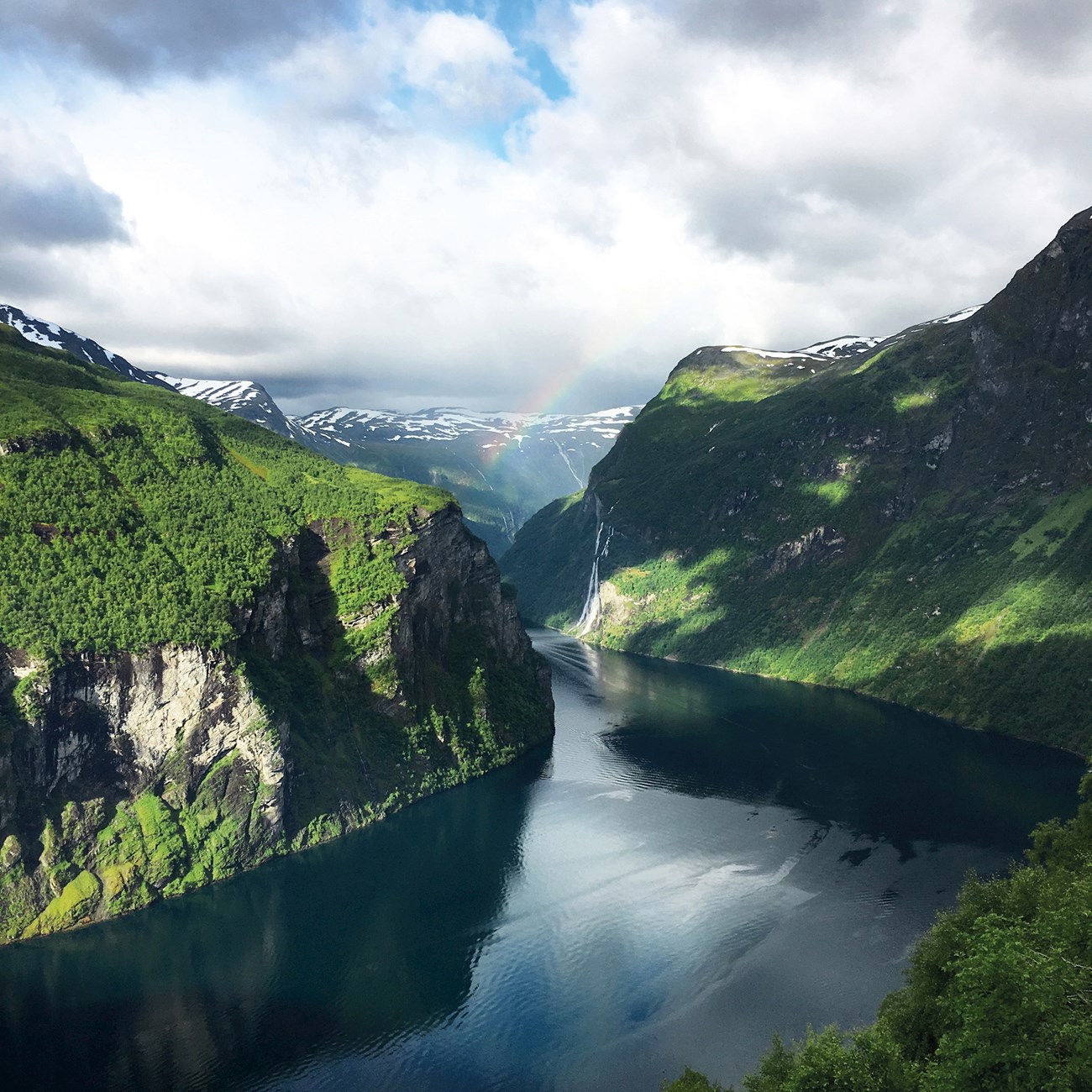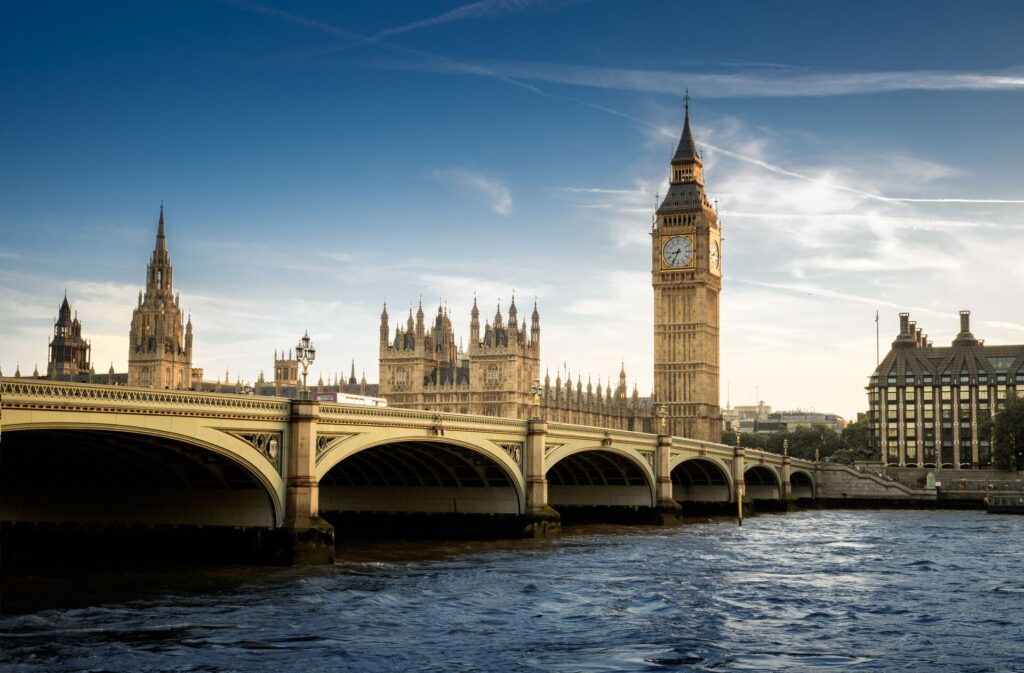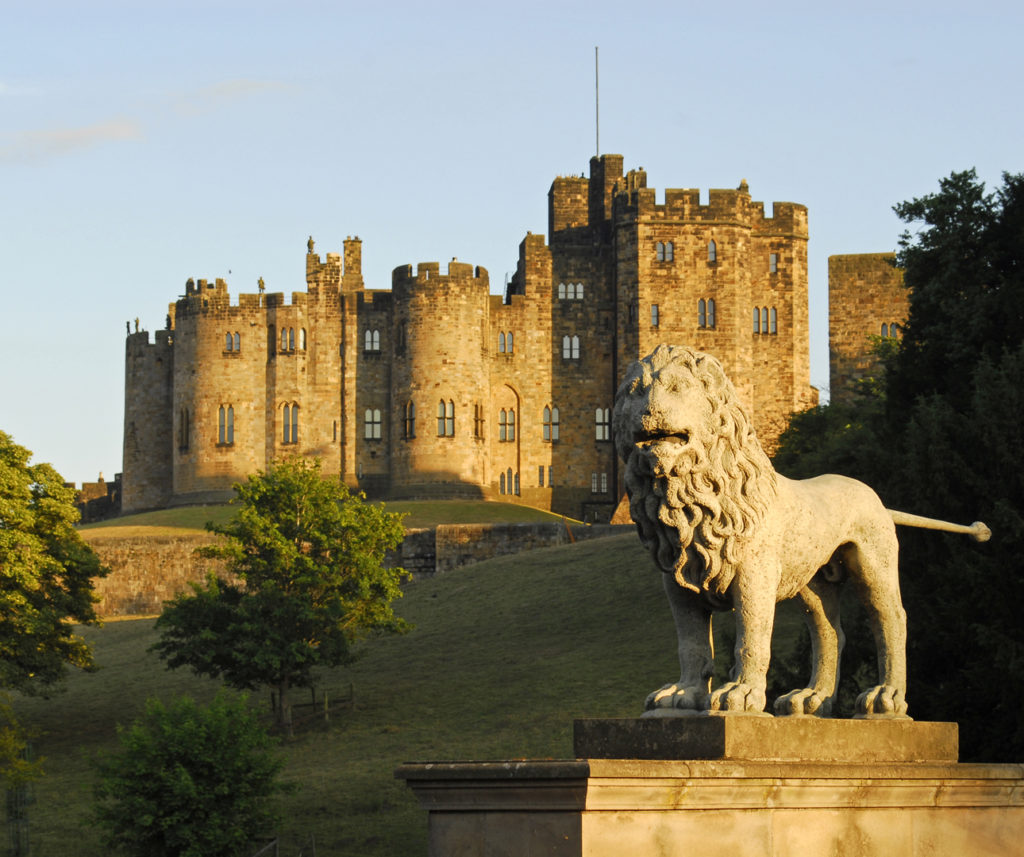How Scandinavia Became a Torchbearer For Women's Rights, by Travel Director Margot
The Real Reasons You’ll See Colorful Houses In Scandinavia
There’s something irresistibly cheerful about the colorful houses in Scandinavia and the Nordic countries. From the deep, rustic reds of Sweden’s countryside cottages to the sherbet-toned facades of Copenhagen’s Nyhavn and the kaleidoscopic streets of Reykjavik, these blocks of joy do more than brighten grey northern skies. Their colors tell stories of history, practicality, pride, and personality that stretch back through centuries of Scandinavian life.
1. Falun Red & Scandinavian Identity
No hue is more quintessentially Swedish than Falun red: that rich, earthy red you’ll spot on cottages, barns, and boathouses throughout rural Sweden and even parts of Norway. The color has surprisingly humble origins, born from the copper mines of Falun in central Sweden. When miners discovered that the waste left behind from copper extraction – a mix of iron oxides and other minerals – could be combined with rye flour and linseed oil to create a long-lasting paint, a national icon was born.
In the 17th century, Falun red became a fashionable way to imitate the look of brick, which was expensive and seen as a mark of prestige. As time went on, its use spread far beyond the wealthy estates. The paint’s durability and affordability made it a practical choice for farmers and villagers, and it soon became the defining color of the Swedish countryside. Today, it carries a sense of nostalgia and national pride — a link to Sweden’s farming roots and a warm contrast to its sometimes monochromatic northern landscapes.
That same deep red made its way across borders too, appearing on wooden houses in Norway and Finland. Whether you see it on a fisherman’s hut by a lake or a mountain lodge tucked among pines, Falun red feels timeless, belonging as much to the landscape as the forests, lakes and wildlife.
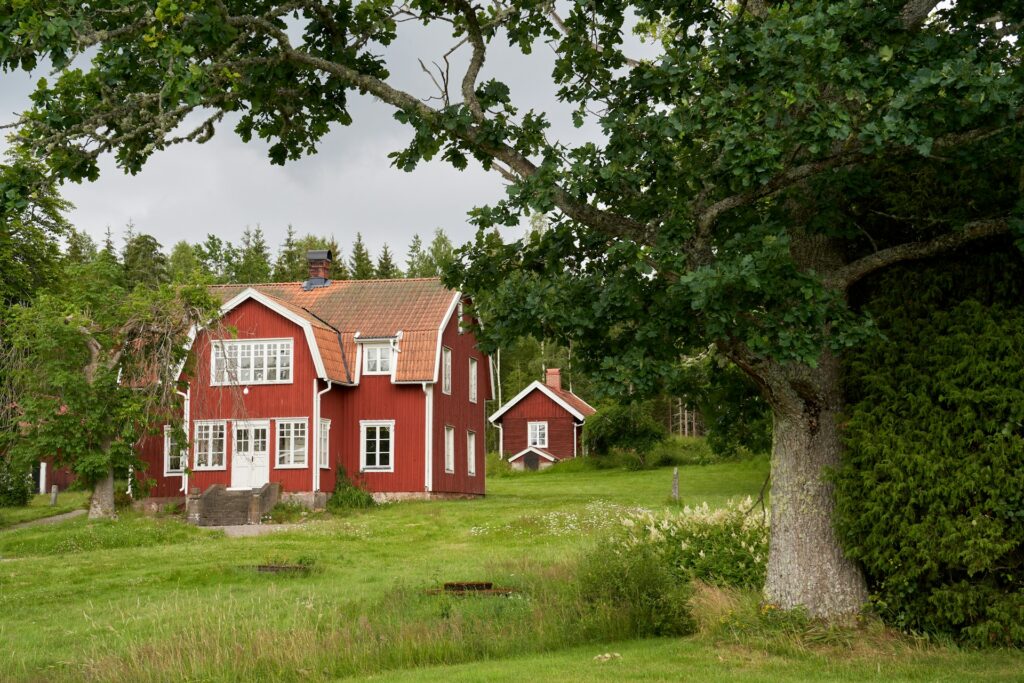
2. Copenhagen’s Nyhavn: From Working Harbour to Colorful Icon
This 17th-century harbour, once bustling with sailors and traders, is now one of Denmark’s most photographed spots – a canal lined with tall, narrow buildings painted in joyful pastels of yellow, blue, and terracotta.
Originally, these bright hues had a practical purpose. Before street numbers became common, sailors returning from the sea could recognise their lodgings or favourite taverns by the colors of their facades. Each building’s tone helped distinguish it from its neighbour, a clever and charming solution to an everyday problem.
Over the centuries, Nyhavn fell into disrepair as shipping and trade moved elsewhere. But in the mid-20th century, locals began restoring the area, reviving its faded colors and transforming it into a lively hub of cafés, music, and outdoor life. Today, the colorful buildings stand as symbols of Copenhagen’s ability to blend history and design, creating spaces that are both rooted in tradition and full of contemporary energy.
Save up to $3,000* per couple on your first Premium Tour
Plus receive latest offers, travel inspiration, and discover how your travels will make a positive impact. Together, WE MAKE TRAVEL MATTER®. Subscribe Now3. Reykjavik: Color as Personality
In Iceland, color takes on a more personal, playful character. Stroll through Reykjavik and you’ll notice that no two houses look quite the same. Some are sky blue, others bright yellow or forest green, and many are made of corrugated metal rather than wood or stone.
The reasons are both practical and cultural. For much of Iceland’s history, resources were limited, and houses were often built from inexpensive or readily available materials. Corrugated metal, imported in the 19th century, was lightweight, durable, and easy to maintain in the island’s harsh climate. Painting these simple structures in bold colors helped protect them from the elements and gave them individuality in a landscape that can be stark and monochrome.
There’s also the emotional side. Long, dark winters and overcast skies can take their toll, and bright colors offer a lift – a daily dose of cheer and creativity. Locals take pride in expressing their personality through their homes, turning Reykjavik into a patchwork of color and character. The same spirit extends to Iceland’s smaller towns, such as Seyðisfjörður on the eastern coast, where every building along the main street is painted a different shade. Together, they create a kind of outdoor art gallery that celebrates community, self-expression, and resilience in the face of nature’s extremes.
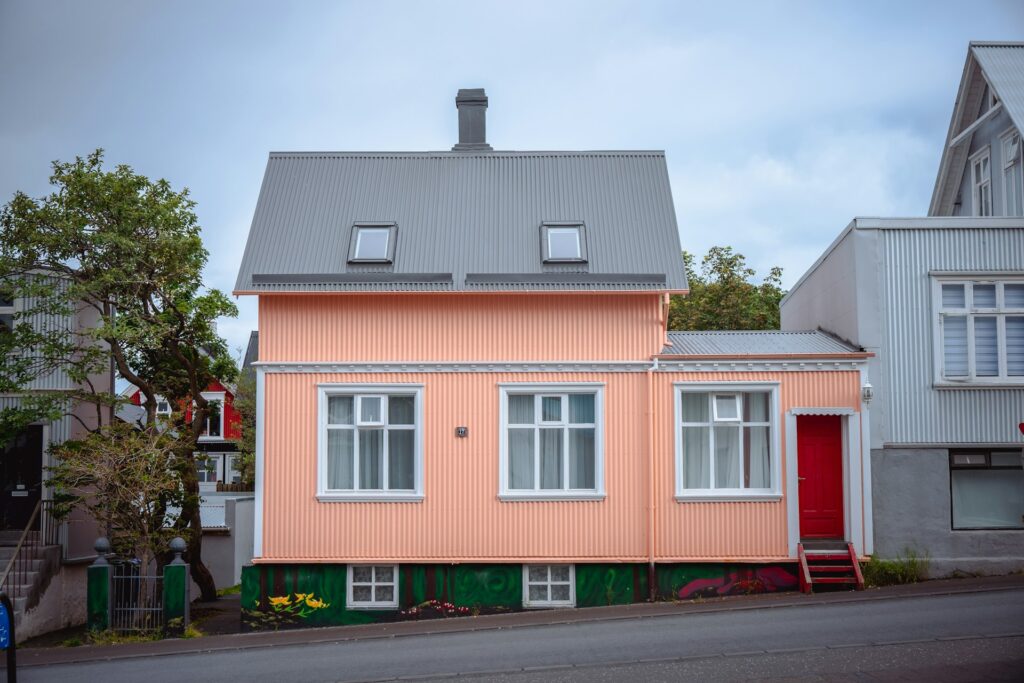
4. When Color Becomes Culture
Across the Nordic countries, these colorful traditions share a few common threads. They began as practical solutions, from protecting wooden homes from weather to helping sailors find their way, or brightening long winters, but over time, they evolved into something deeper. Each hue has become part of the region’s cultural identity, reflecting how communities adapt to their environment and make beauty from necessity.
The colors also reveal a distinct relationship between people and place. In Sweden, the red cottages blend harmoniously with the surrounding forests, embodying a love of nature and simplicity. In Denmark, the pastel waterfronts of Nyhavn speak to design, social life, and a sense of hygge – that uniquely Danish comfort and conviviality. In Iceland, the rainbow facades tell stories of creativity, independence, and a desire to bring warmth to a wild, volcanic island.
Even the light itself plays a part. Nordic light is famously gentle and diffused, especially in the long hours of dawn and dusk. Painted facades reflect that softness, creating shifting moods throughout the day. A red barn glows amber at sunset; a pale yellow house seems to shimmer against a snowy sky. These colors don’t just decorate the landscape, they belong to it.
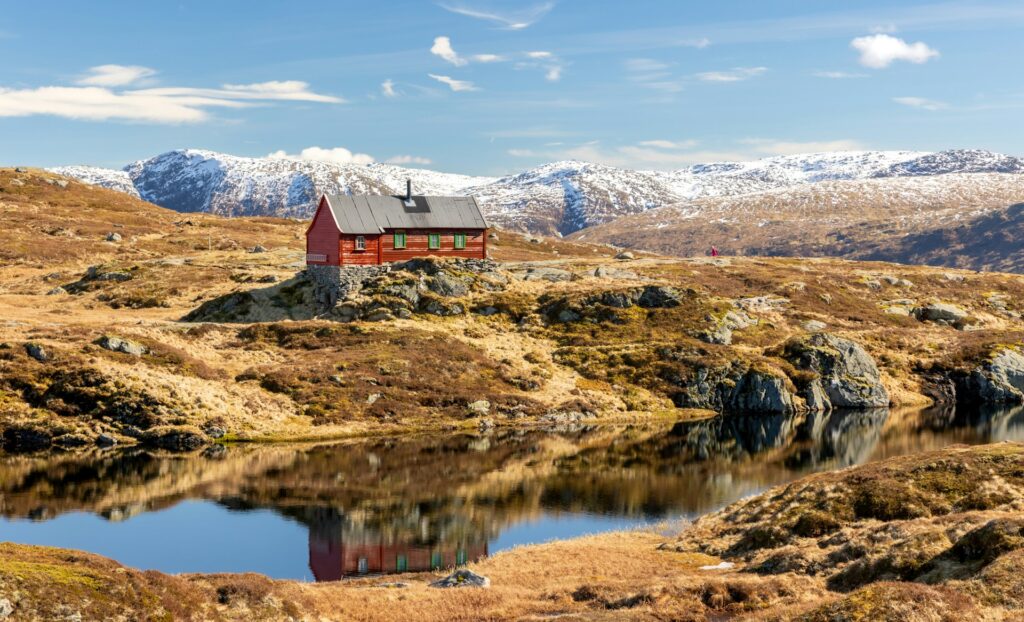
LIKED THIS POST? SHARE WITH YOUR COMMUNITY
